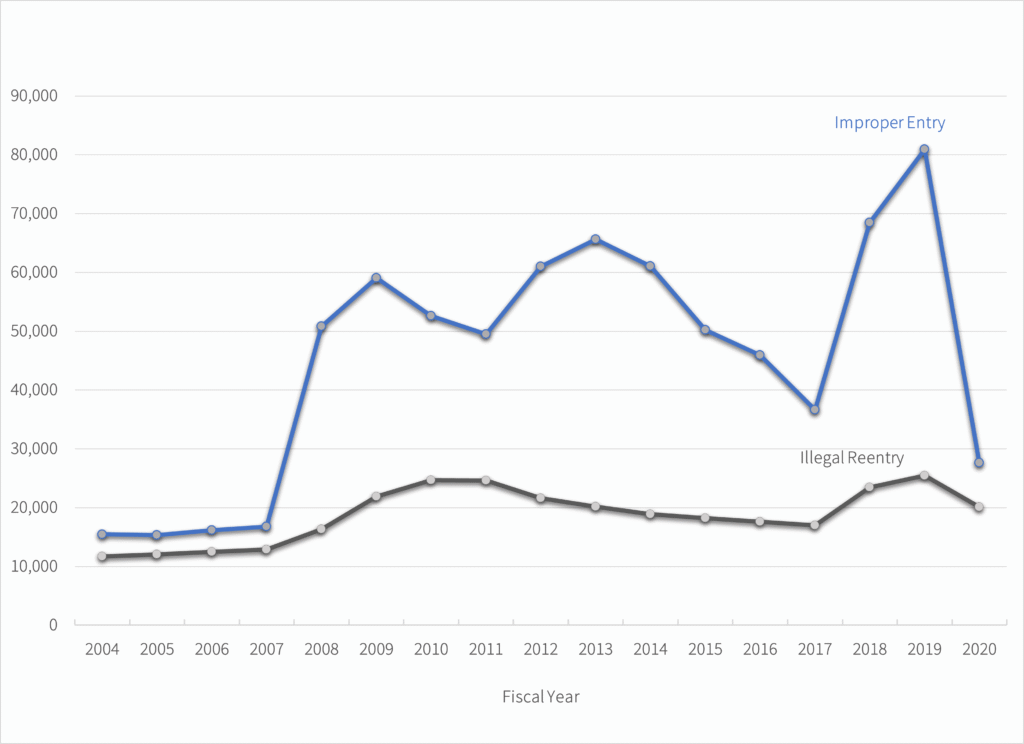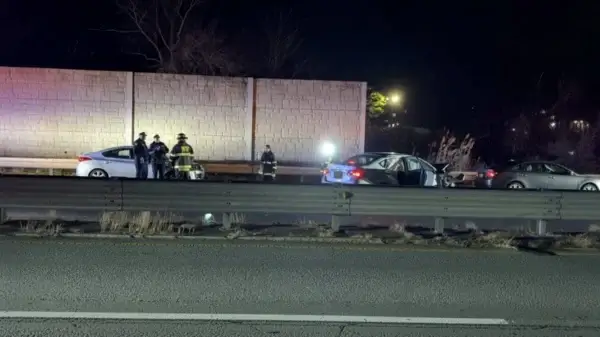For nearly two decades, the U.S. government has increasingly turned to criminal courts to prosecute migrants for crossing the border without authorization. Tens of thousands of people each year face charges for “illegal entry” or “illegal reentry,” with critics warning the practice separates families, strains federal resources, and shows little evidence of deterring migration.
Prosecutions peaked in fiscal year 2019 at more than 106,000 cases under the Trump administration’s “zero tolerance” policy. They dropped sharply in 2020, when the government began expelling most border crossers under the pandemic-era Title 42 order rather than referring them for criminal charges. Still, illegal entry and reentry offenses remain among the most prosecuted federal crimes.
Legal Framework
Under federal law, first-time unlawful entry is a misdemeanor punishable by up to six months in prison. Reentering after deportation is a felony carrying up to two years in prison, with harsher penalties for those with prior criminal convictions. Together, these charges have accounted for the majority of federal criminal prosecutions in recent years.
Critics say the system pressures defendants into so-called “flip flop” plea deals, where migrants agree to plead guilty to lesser charges in exchange for shorter sentences. Advocates argue the rushed process undermines due-process rights and leaves migrants little chance to mount a defense.

Operation Streamline
Much of the rise in prosecutions stems from “Operation Streamline,” a joint initiative launched in 2005 by the Departments of Justice and Homeland Security. The program expanded rapidly, bringing mass prosecutions in border districts where as many as 80 migrants have been charged, tried, and sentenced in a Despite the billions spent, researchers and advocates say there is little evidence that criminal prosecution deters unauthorized migration. In 2021, the Justice Department formally rescinded the “zero tolerance” policy, directing prosecutors to consider individual circumstances when deciding whether to pursue charges.
Source: https://www.americanimmigrationcouncil.org/fact-sheet/immigration-prosecutions/



















































